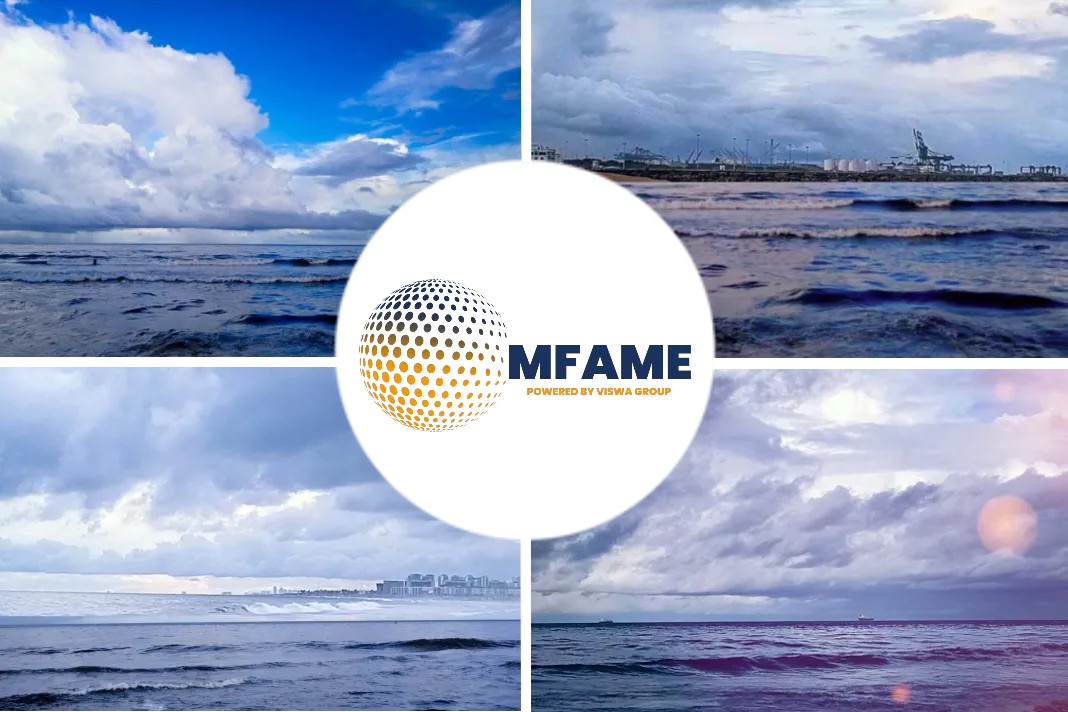- Scrubbers installed in cruises and ferries are at 15% and 13% respectively.
- Tankers and Bulk Carriers account for 23% and 28% of Scrubbers installation, respectively.
- Cruise liners that are using LNG have increased 38%, in the last 1 year.
- Earlier it was 13 vessels now it’s 18.
LNG may overtake scrubbers within cruise and ferry sectors. This is a growing fear in the shipping industry.
Already it is happening as the LNG and battery power surpasses scrubbers within cruise and ferry newbuilds to meet the 2020 low sulphur directive, says a report published in PassengerShip Info.
Ship Sector Overtakes
While the passenger ship industry was an early adopter of scrubbers, it has now been overtaken by other ship sectors.
A survey of Exhaust Gas Cleaning Systems Association members shows that of the vessel types with scrubbers installed or on order, the cruise and shortsea ferry sectors only account for 15% and 13% of the market respectively, overtaken by 23% for tankers and 28% for bulk carriers. The figures show that most orders for the cruise and ferry sector are retrofit.
PST sister title LNG World Shipping data shows that – as of May 2018 – the number of cruise liners under construction that will use LNG has increased by an impressive 38% over the past 12 months, from 13 to 18 vessels. And since May several more orders have been announced, including a memorandum of agreement for two ships for Princess Cruises to be built by Fincantieri, the largest cruise ships to be built in Italy, and two for TUI Cruises, also to be built by Fincantieri.
Alternative Power Use Boost
The boom in expedition cruising is boosting alternative power use due to the sensitive waters being travelled in. And there is also a belief among some that scrubbers are not ‘properly’ environmentally friendly. For example, Ponant newbuilding and R&D director Mathieu Petiteau told Passenger Ship Technology “We don’t see scrubbers as real environmentally friendly pieces of equipment; they are just removing sulphur from the exhaust gas, but the sulphur is still somewhere and is either dispersed to seawater or stored on board to be discharged.” The company uses marine gasoil.
Of course, scrubbers will be continued to be used in retrofit and newbuild within passenger ships and there is also a strong case for them – but as the technology and infrastructure quickly develops, LNG and battery power will be more predominant.
Did you subscribe for our daily newsletter?
It’s Free! Click here to Subscribe!
Source: Passenger Ship Technology


























